History of Phase One: Redefining Professional Photography
In the realm of professional photography, certain names stand out not just for their longevity but for their substantial contributions to the art and science of capturing images. Phase One is undeniably one of those names. Born from a commitment to quality and innovation, this Danish company has carved out a distinct niche in the industry, continually setting new standards and pushing the boundaries of what's possible in digital imaging.
Since its inception, Phase One has been synonymous with high-resolution camera systems, consistently delivering products that surpass the expectations of even the most discerning photographers. Renowned for their exceptional image quality and unprecedented attention to detail, Phase One cameras have found a home in the studios and on the location sets of professional photographers worldwide.
The Genesis of Phase One (1980s): The Birth of a Vision
The mid-1980s were a time of great technological growth and innovation. In this vibrant climate, Phase One was born, poised to redefine the landscape of professional photography. Founded in 1986 in Copenhagen, Denmark, Phase One initially focused on scanning technologies, but it wasn't long before the company began to envision a future in high-end photography equipment.
From the onset, the company's mission was clear: to design and manufacture the best possible camera systems, uncompromising in quality, resolution, and detail. The founders knew that achieving this vision would require a bold approach to technology, one that embraced innovation and wasn't afraid to redefine existing norms.
Phase One's early years were marked by a dedication to these core values. The company sought to understand the unique needs of professional photographers, and they committed to delivering products that would not only meet these needs but exceed them. A drive for perfection and a passion for innovation were ingrained in the company culture - characteristics that would steer the course of Phase One's journey in the decades to follow.
The Advent of Digital Backs (1990s - 2000s): Embracing the Digital Revolution
As the calendar flipped to the 1990s, the world of photography was on the precipice of a digital revolution. The advent of digital backs - devices that could be attached to traditional film cameras to convert them into digital ones - marked a significant shift in the industry. This was a turning point, a moment when the boundaries between film and digital began to blur.
Phase One, always forward-thinking, quickly recognized the potential of this new technology. While other companies were still contemplating the implications of this digital shift, Phase One boldly plunged into uncharted waters. Their gamble? Investing heavily in the development of their own digital backs.
In the late 1990s, Phase One released one of the first digital camera systems, the LightPhase. It was a ground-breaking product that promised professional photographers the convenience of digital without compromising the quality and detail they were accustomed to with film. The LightPhase, with its impressive 6-megapixel resolution, was a testament to Phase One's commitment to leading the digital revolution, not simply following it.
The turn of the millennium saw Phase One further solidifying its position in the industry. The release of the P-series digital backs in the mid-2000s, with their superior image quality and increased resolution, underscored the company's dedication to pushing the limits of photographic technology.
In essence, the era of digital backs saw Phase One not just embracing change, but driving it. This period of transformation set the stage for the company's continued dominance in the realm of high-end digital photography systems.
The P-Series Revolution (2000s): Redefining Professional Photography
The first decade of the new millennium was characterized by rapid technological advancements, and in the world of photography, Phase One was leading the charge. The launch of the P-Series in the mid-2000s was a seminal moment in the brand's history, marking a significant shift in how professional photography was conducted.
The P-Series digital backs were more than just an upgrade from the previous LightPhase system; they represented a revolution in digital photography. With resolutions ranging from 16 to 39 megapixels, they offered a level of detail and clarity that was hitherto unseen in the digital realm.
But it wasn't just the superior image quality that set the P-Series apart. Phase One had always prided itself on being a photographer-centric brand, and this was evident in the thoughtful design and innovative features of the P-Series. For instance, the introduction of the P 45+ model offered an impressive dynamic range and unprecedented long exposure capabilities - up to one hour. This allowed photographers to push their creative boundaries and explore new styles and techniques.
Additionally, the P-Series was designed with a user-friendly interface and a robust build, capable of withstanding the rigors of professional use. It was clear that every aspect of the P-Series, from its image sensor to its physical design, was crafted with the professional photographer in mind.
The impact of the P-Series on the professional photography market was profound. It redefined what was possible with digital photography, setting new standards for image quality and performance. More importantly, it affirmed Phase One's reputation as a trailblazer, always pushing the boundaries of what was technologically feasible in pursuit of photographic excellence.
The XF System and Beyond (2010s - Present): Setting New Standards
As we moved into the second decade of the 21st century, Phase One continued to innovate and raise the bar for professional and commercial photography. The introduction of the XF Camera System was a game-changer. With its modular design, high resolution, and advanced auto-focus system, the XF demonstrated Phase One's commitment to evolving with the needs of professional photographers.
The XF Camera System offered unprecedented resolution, with the IQ3 100MP and later the IQ4 150MP digital backs. These high-resolution systems provided photographers with a level of detail and clarity that was unmatched. The dynamic range, color fidelity, and overall image quality produced by these backs opened new possibilities for professional and commercial photography. From high-end fashion shoots to intricate architectural photography, the XF System excelled in a variety of challenging professional environments.
Yet, the XF was more than just a high-resolution camera. It introduced a range of innovative features designed to give photographers maximum control and flexibility. The Honeybee Autofocus Platform, the Profoto flash synchronization, and the seismographic vibration delay are just a few examples of Phase One's commitment to providing photographers with the tools they need to realize their creative vision.
In recent years, Phase One has continued to innovate, introducing the XT system—a compact, travel-friendly camera system that doesn't compromise on image quality. The drone-based iXM system, designed specifically for aerial photography, is another example of Phase One's dedication to exploring new frontiers in photography.
And let's not forget about Capture One—the brand's highly acclaimed image editing software. Capture One has become an industry standard, known for its powerful tools, intuitive interface, and the ability to extract the maximum quality from Phase One's raw files.
In conclusion, Phase One's journey from its inception to the present day is a testament to the brand's relentless pursuit of excellence and innovation. From the early days of digital backs to the high-resolution marvels of the XF and XT systems, Phase One has consistently set new standards in professional photography, demonstrating time and again that the brand is not just a part of the industry—it's at its forefront.
In many ways, Phase One is not just a participant in the ongoing evolution of photography but a key driver. Reflecting on Phase One's history and its standing in the professional photography world, it's clear that the brand's influence is undeniable. From their early adaptation of digital backs to the stunning resolution offered by the XF and XT systems, Phase One has consistently led the industry in innovation and quality.
In a field where the only constant is change, Phase One's commitment to pushing the boundaries has made it a beacon for photographers seeking to capture the world in unparalleled detail. The future of photography will undoubtedly be shaped by many forces, but if the past is any indication, Phase One will continue to be a significant player in setting the course.
Check out also other brands


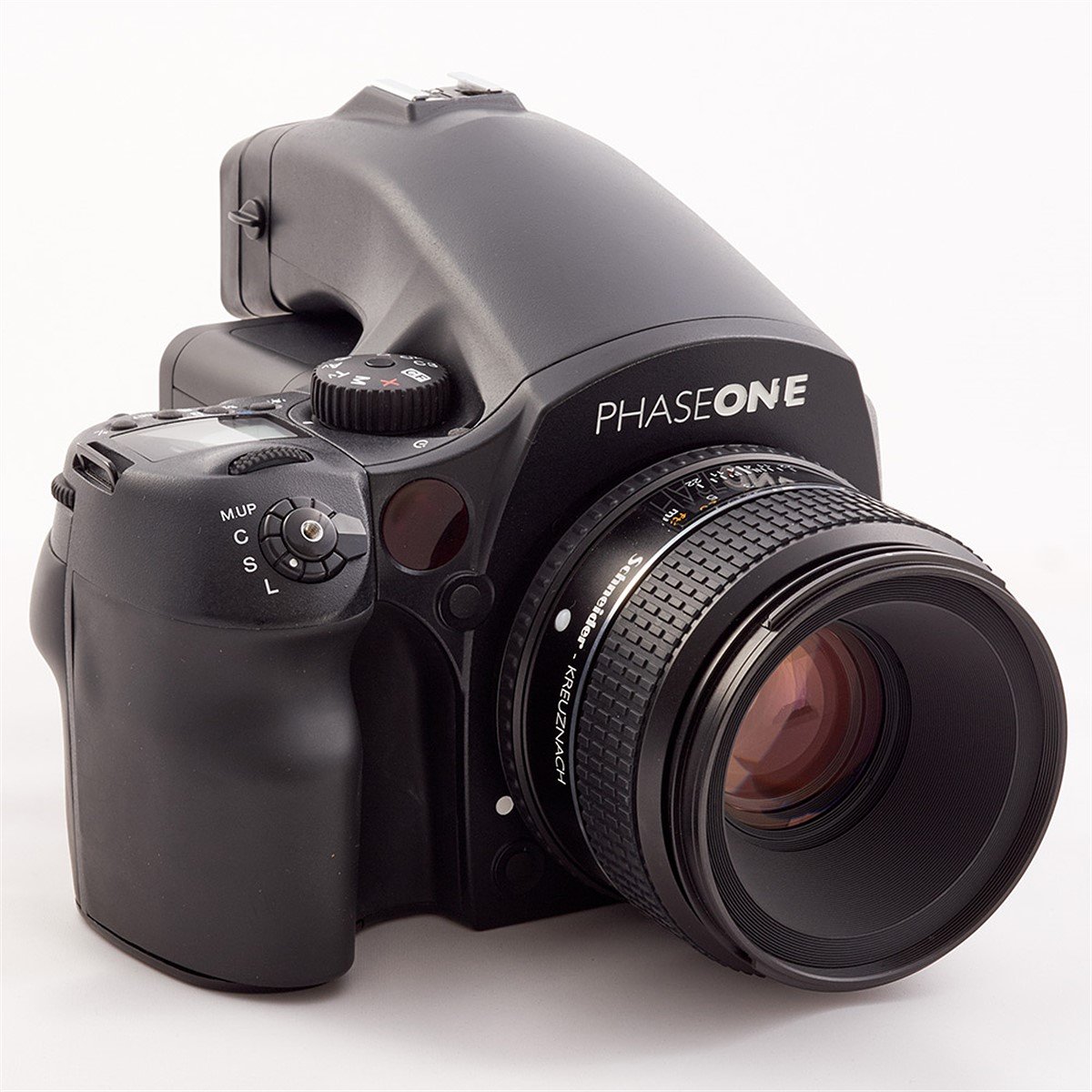

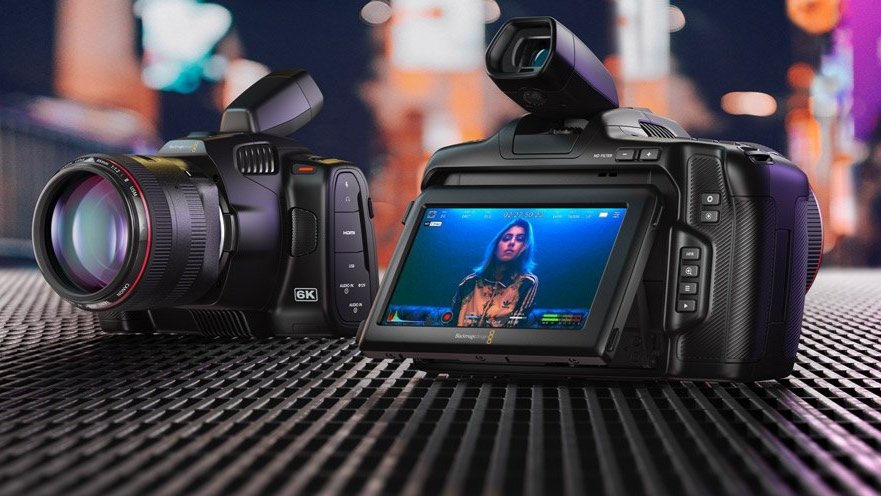
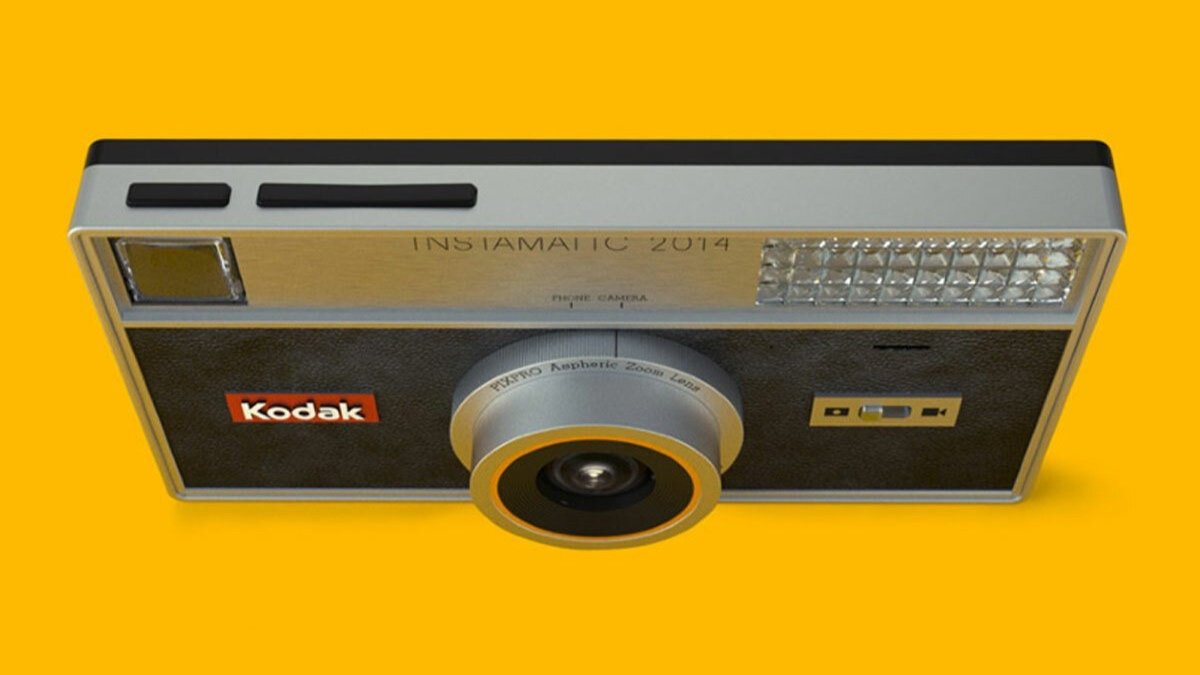


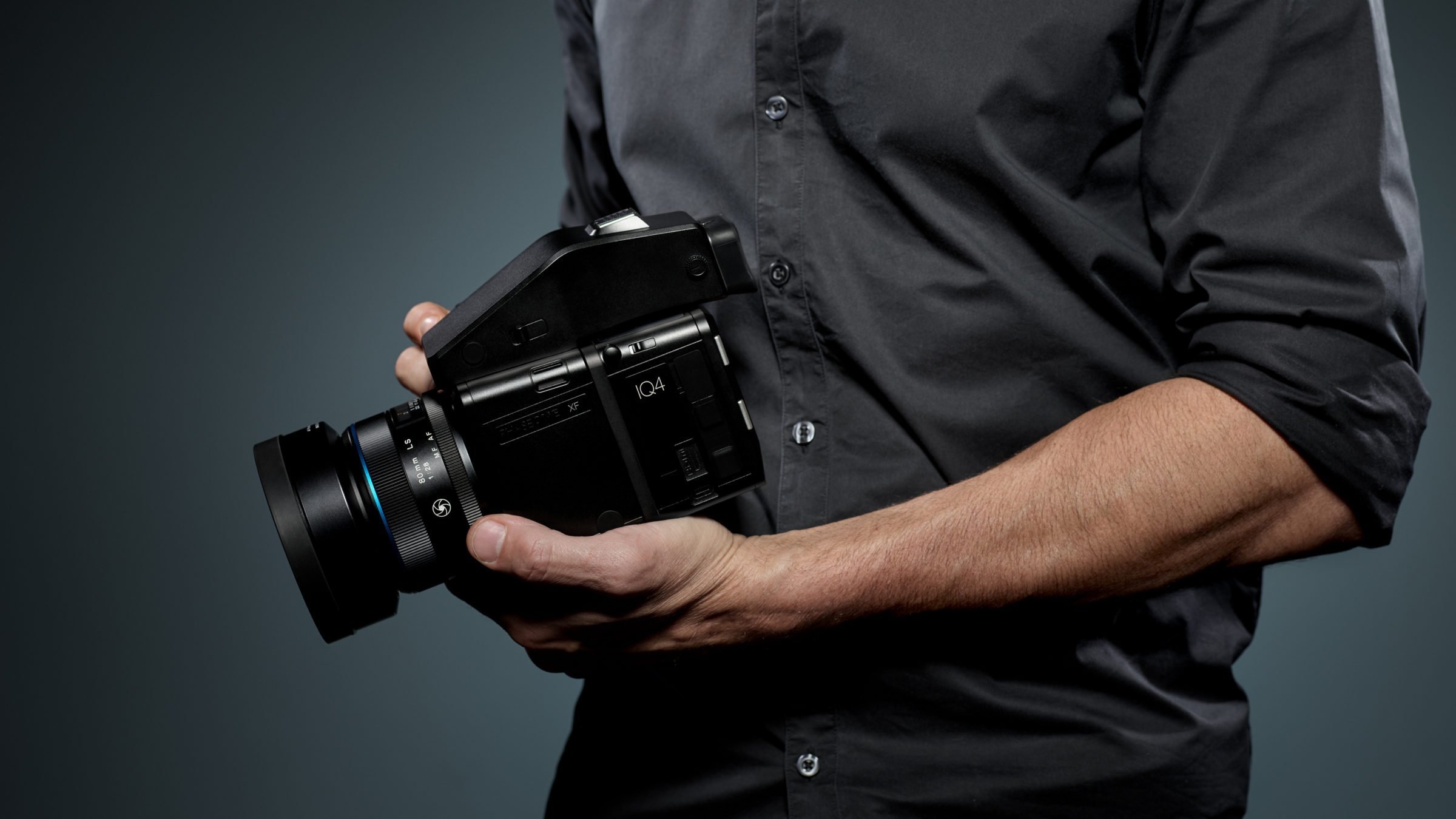

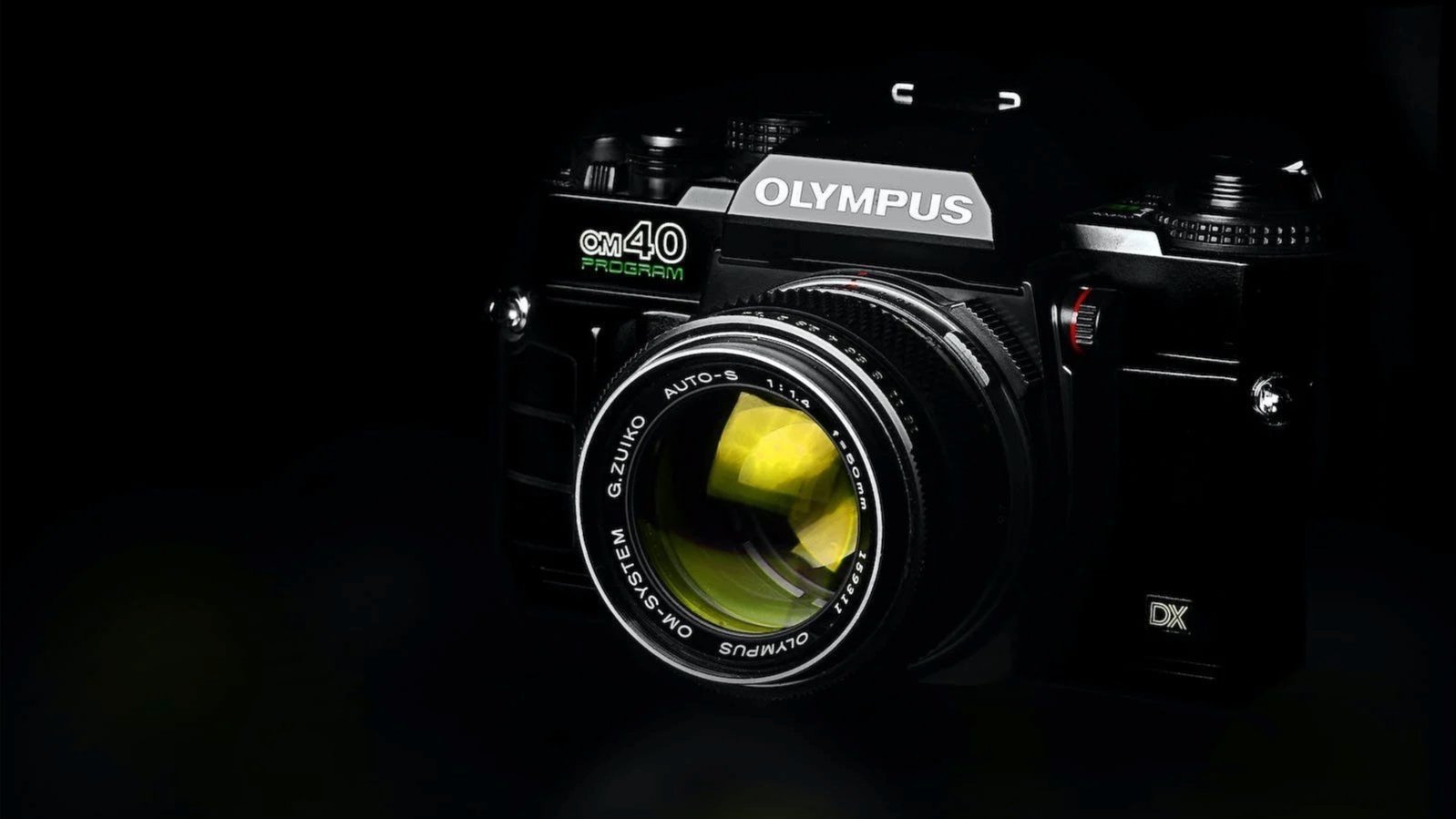
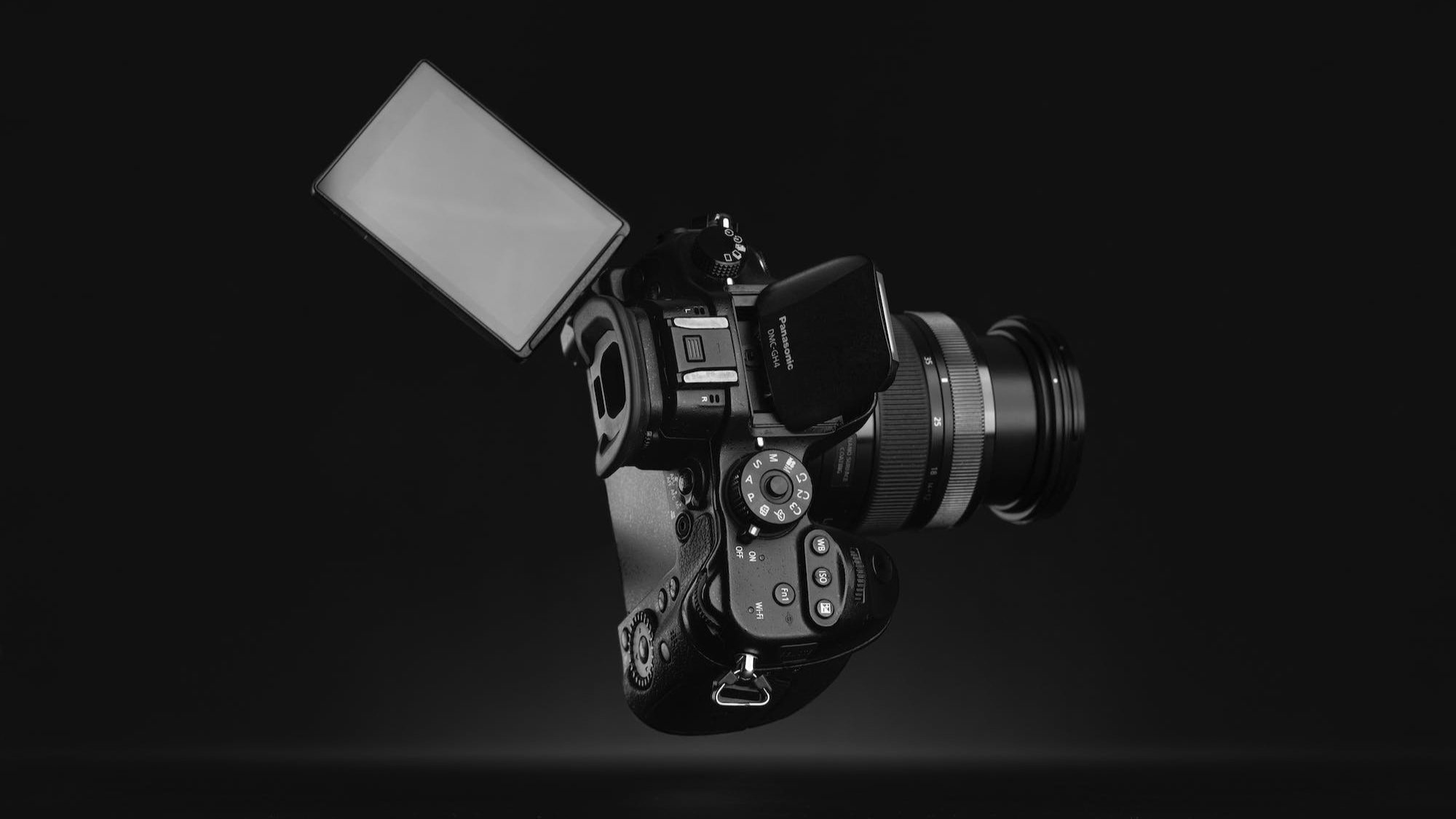


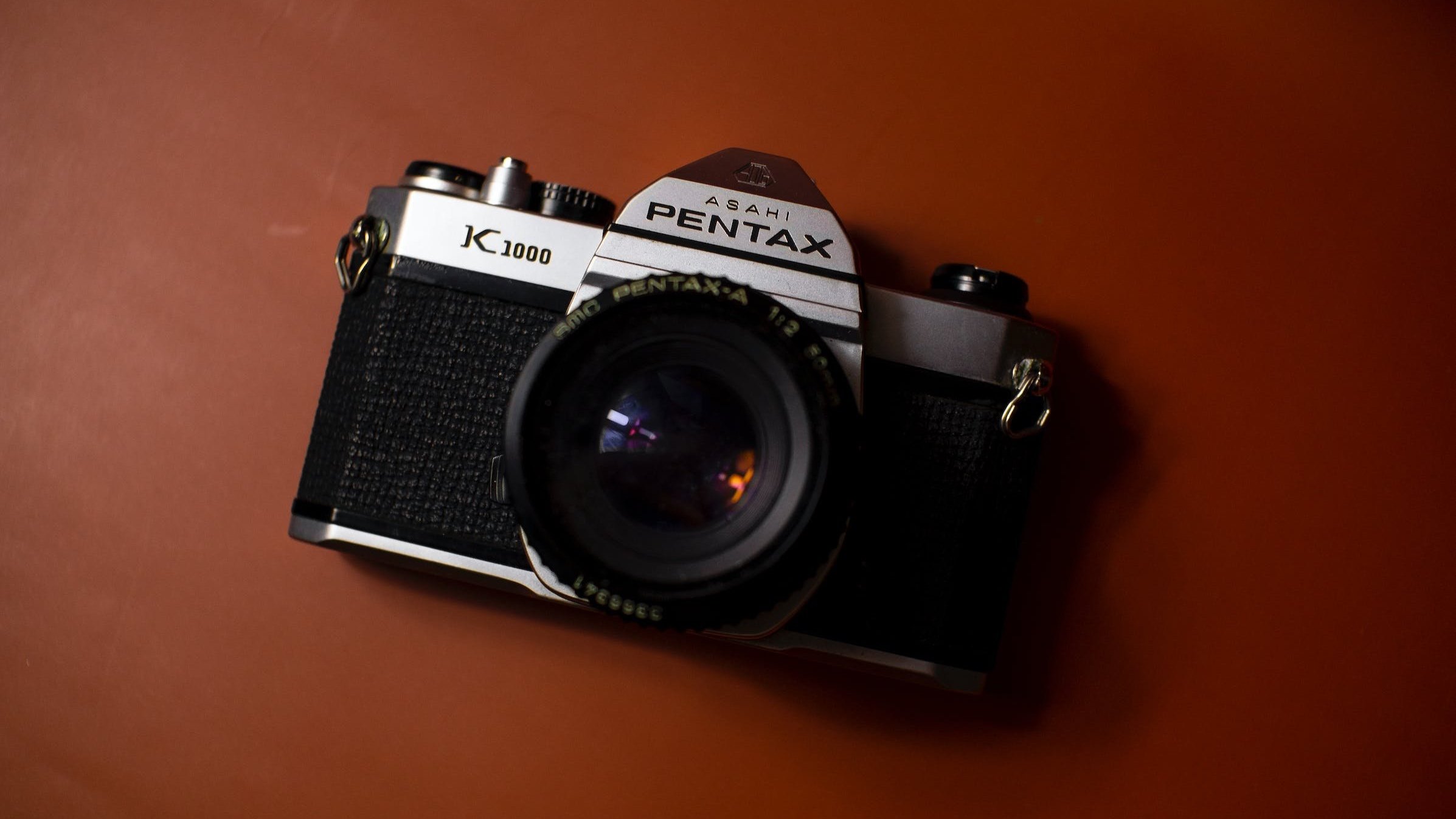

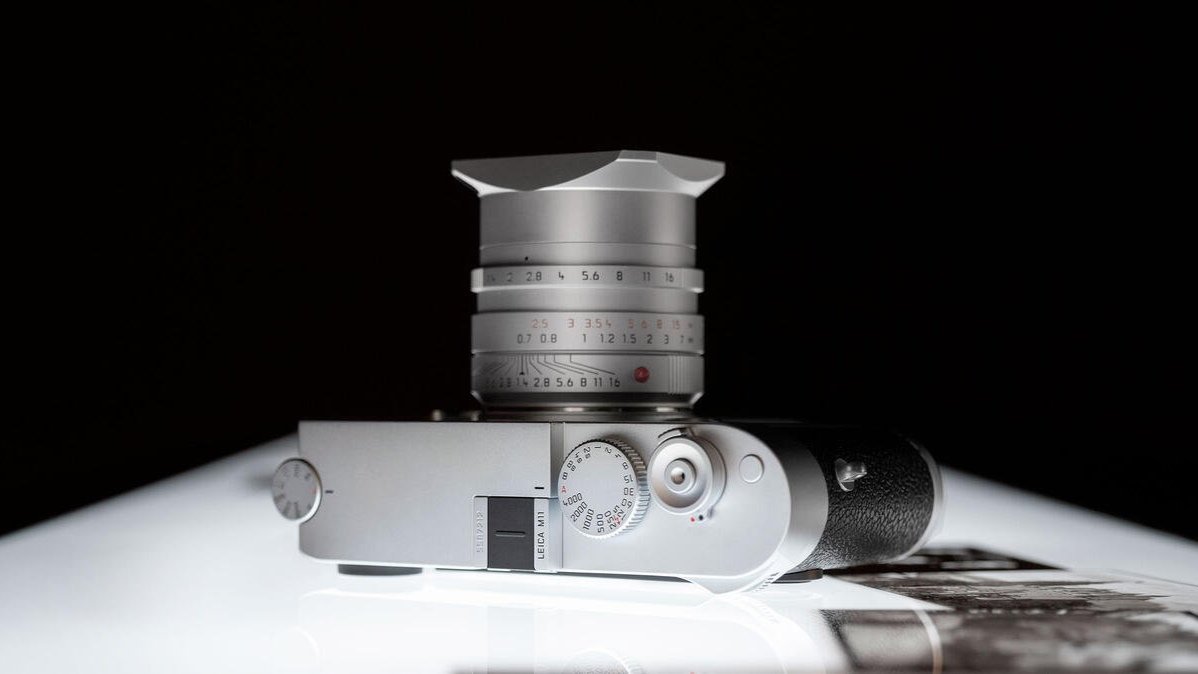
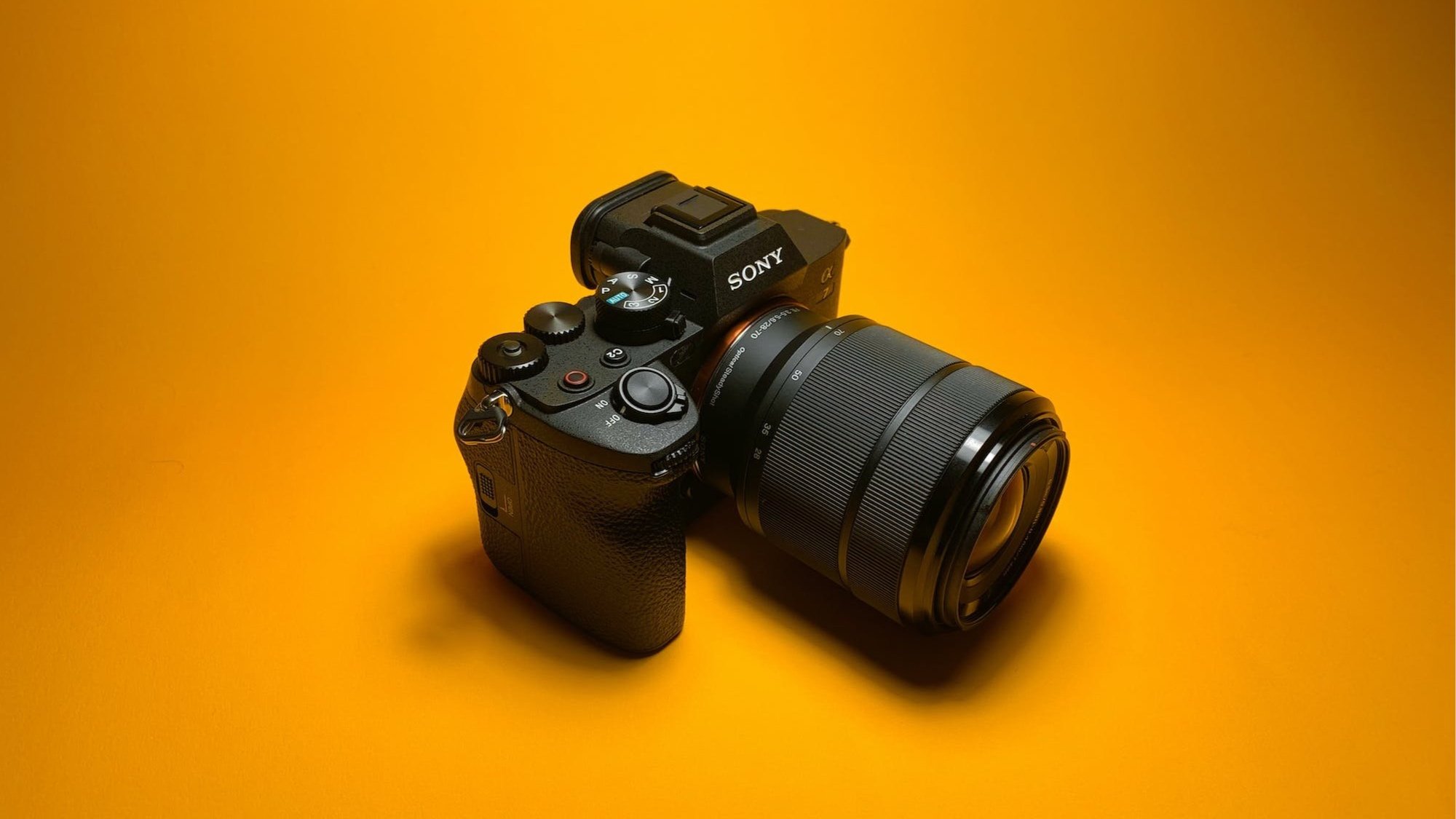
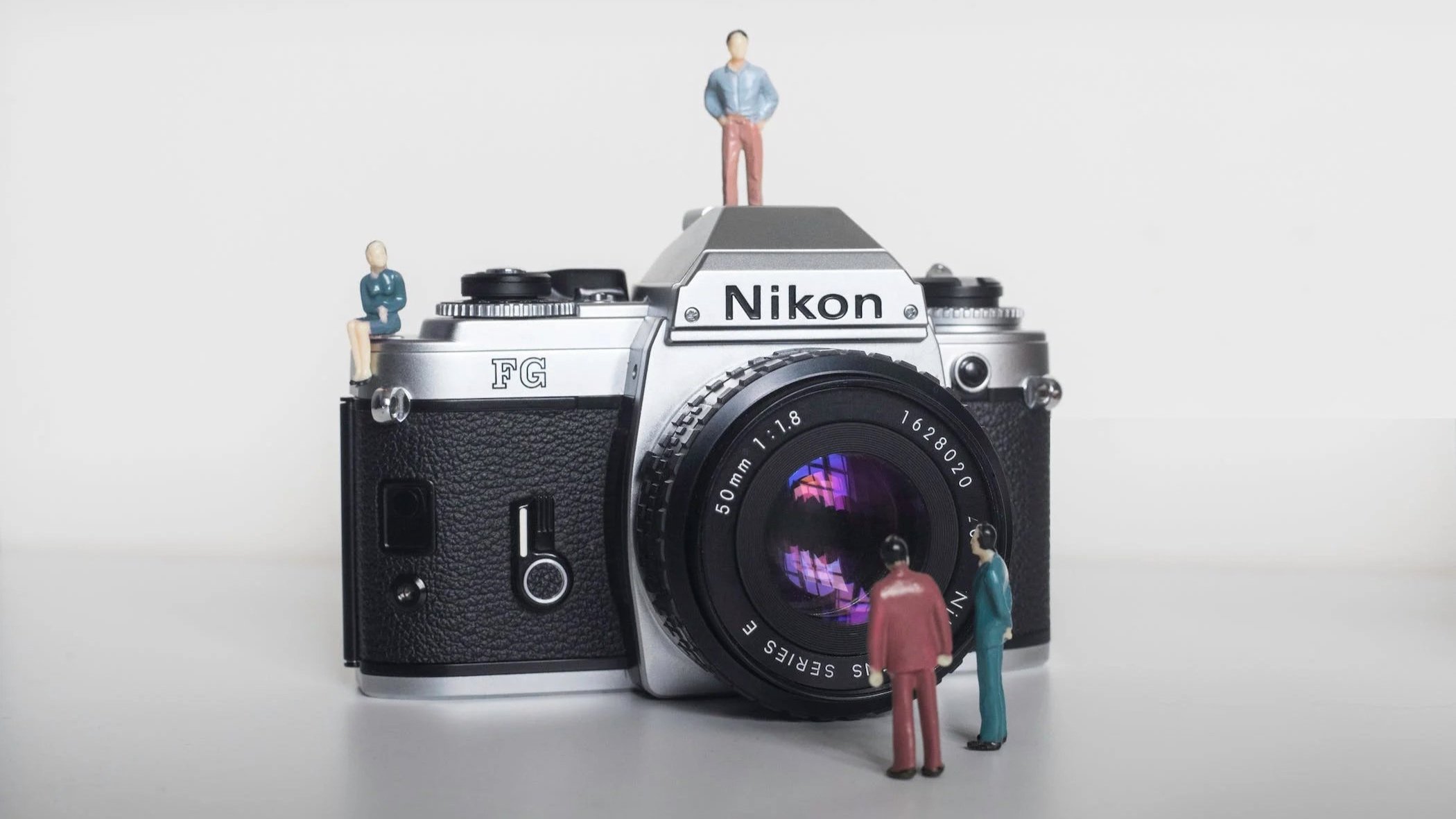
Lomography, a term and a movement that resonates deeply in the world of photography, represents more than just a style or a technique—it signifies a philosophy, a way of seeing and capturing the world. Rooted in a spirit of spontaneity, experimentation, and a celebration of imperfection, Lomography encourages …